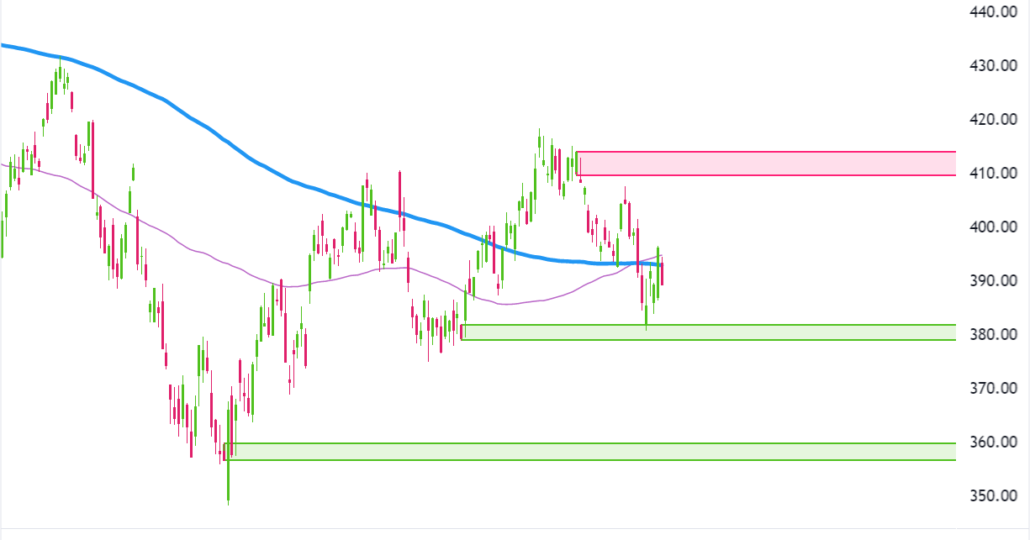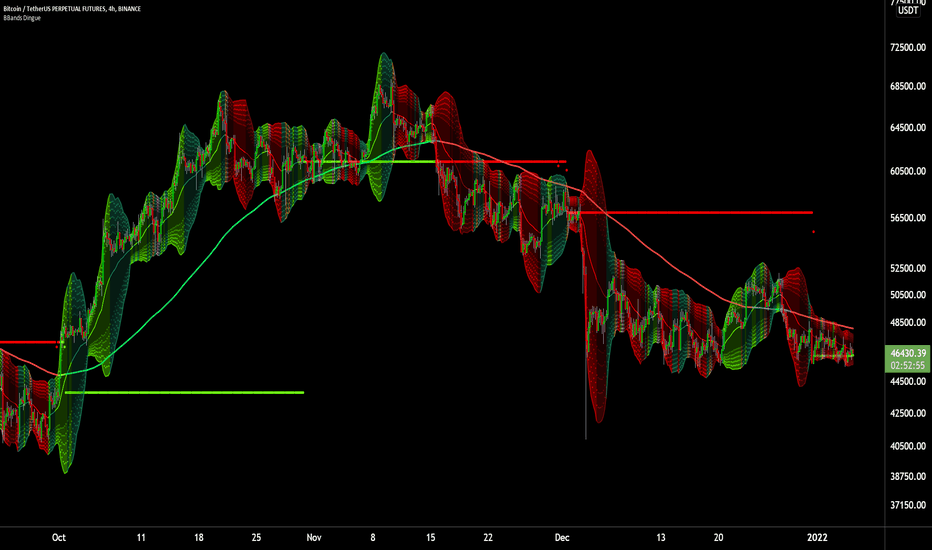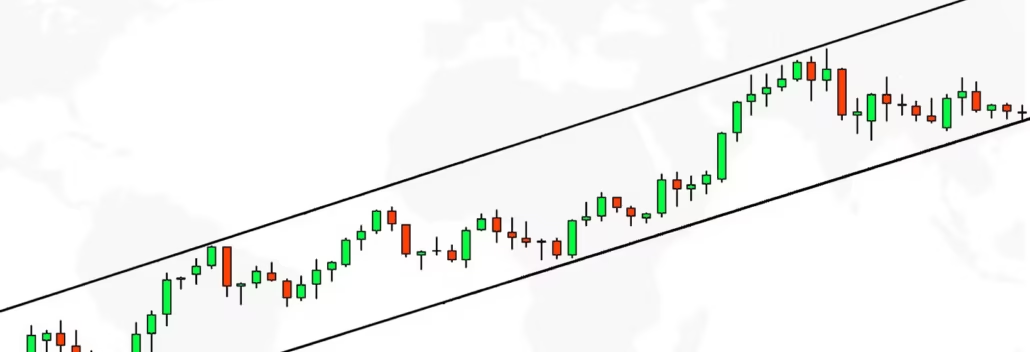How to Start Trading Bitcoin in Qatar
 Sam Reid Staff Writer
Sam Reid Staff Writer
Bitcoin trading in Qatar is an opportunity too good to be missed, but, like any investment, to be successful you need to know the market. Here’s a step-by-step guide to ensure you start trading Bitcoin on the right foot.
Step 1: Understand the Basics of Bitcoin
Before jumping into Bitcoin trading, take some time to learn about BTC and the cryptocurrency market. Here’s what you need to know:
- Bitcoin is based on blockchain technology, i.e., decentralized, and openly visible.
- It can be traded 24/7, unlike traditional stock markets.
- Bitcoin price is influenced by supply, demand and global news headlines.
By understanding these basics, you’ll be better prepared to navigate the volatile crypto market.
Step 2: Find a Reputable Trading Platform
These platforms are regulated, ensuring a secure trading experience. Take care not to use public unregulated platforms that may put your money at risk.
Step 3: Complete the Verification Process
To comply with regulations, almost all platforms are required to provide a verification function, i.e., Know Your Customer (KYC). Here’s how it works:
1- Sign up with your personal information.
2- Upload identification documents (ID card, passport, or driver’s license).
3- Wait for approval, which usually takes 24–48 hours.
Verifications are employed to ensure a safe trading environment and prevent fraud.
Step 4: Deposit Funds Into Your Account
Once your account has been verified, it’s time to load it. Most platforms in Qatar support payments via:
Bank Transfers: Link your local bank account for easy deposits.
Credit/Debit Cards: A fast and convenient way to add funds.
Step 5: Start Trading Bitcoin
With your account funded, you’re ready to trade Bitcoin! Follow these tips to get started:
- Analyze the Market: Use charts and tools to identify trends.
- Place Orders: You can buy Bitcoin directly, or by arbitrage by trading Bitcoin using contract for differences (CFDs).
- Monitor Your Trades: Be sure to watch the movements carefully in order to make smart decisions.
- Withdraw Profits: When you’ve hopefully made some profits, withdraw them to your bank account or reinvest them.
Read More: The Ultimate List of Crypto Forex Platforms for Modern Traders
Bitcoin Trading Strategies for Beginners
If you’re new to trading, consider these simple strategies:
Buy and Hold: Buy Bitcoin, and “HODL” it in the long term and wait for Bitcoin’s price to go up.
Day Trading: Purchasing and selling Bitcoin in the exact same day, trading on the fluctuation of Bitcoin’s price.
Scalping: Make small, frequent trades to accumulate profits over time.
Choose the strategy type based on your appetite for risk/on your investment goals.
Bitcoin’s Growth Rate and Price Trends Since Inception
Bitcoin has one of the most bizarrely bullish financial histories since its 2009 creation. Through understanding bitcoin and the rate of change in its price, it is possible to gain valuable insights for traders and investors in Qatar.

Bitcoin Price Chart. Source: CoinMarketCap
Bitcoin’s Early Days (2009–2012)
Bitcoin was released in 2009 by an unknown developer (or a team of developers) known only through the pseudonym, Satoshi Nakamoto. Initially Bitcoin was not money, but exploited by pioneers, i.e. The first transaction that could be accounted for by Bitcoin was in 2010, which involved an individual who bought two pizzas for 10,000 BTC. That equates to hundreds of millions of dollars today. By 2011, Bitcoin reached parity with the US dollar, trading at $1 per BTC. This began the road of a legitimate and recognized asset.
The First Major Bull Run (2013–2017)
Between 2013 and 2017, Bitcoin’s price experienced dramatic growth:
2013: Bitcoin’s price soared to $1,000 for the first time. However, the year also saw volatility as prices fell sharply due to regulatory crackdowns and market corrections.
2017: By year end, Bitcoin reached a record high of nearly 20,000 USD. Much of this rapid growth was, in turn, a consequence of wider mainstream acceptance, increasingly large ICOs and greater media coverage.
The Bear Market and Recovery (2018–2020)
After Bitcoin’s 2017 peak, the coin underwent a prolonged bear market.
2018: Bitcoin’s price dropped to around $3,000, marking a significant correction. Many investors dubbed it the “crypto winter.”
2019–2020: Subsequent slow recovery began with institutional investors moving into the market. Companies (e.g., MicroStrategy and Tesla) revealed taking up Bitcoin, which generated expectations.
Bitcoin’s Historic Bull Run (2021)
2021 was a landmark year for Bitcoin:
In November 2021, after reaching a new all-time high of over $68,000, Bitcoin-2PY set its all-time best.
Factors driving this growth included institutional adoption, growing recognition as “digital gold,” and increasing retail interest.
This time showed the potential of Bitcoin not only as a store of value but also as an investment whose speculative value could be realized.
Current Trends and Outlook (2022–2024)
Although the price of Bitcoin has struggled under the influence of global economic events and regulatory uncertainty, its long term growth momentum is maintained. Over the period up to and including 2024, Bitcoin has survived bouts of recent crises and has continued to be a force within the global financial economy.
Key Takeaways on Bitcoin’s Price Trends
Volatility Is a Core Feature: But Bitcoin price is also very volatile, and this profits and risks are there for the traders.
Long-Term Growth: Although Bitcoin makes short-term corrections, Bitcoin’s long-term trend trajectory has always been upward since its creation.
Adoption Is Key: The greater the number of people using Bitcoin, the greater is the potential value.
For traders in Qatar, historical patterns of bitcoin can be exploited to inform your trading strategies
Risks to Consider When Trading Bitcoin
Bitcoin trading can be extremely profitable, but also carries risk. Here are some to watch out for:
Market Volatility: Bitcoin prices can swing dramatically, leading to potential losses.
Security Threats: Always use secure platforms to avoid hacking risks.
Regulatory Risks: To not get in trouble with the law, make sure to stay current on cryptocurrency rules in Qatar.
FAQs About Trading Bitcoin in Qatar
Is there a BTC ATM in Qatar?
No, Bitcoin ATMs are not available in Qatar. The easiest way to buy or sell Bitcoin is through online brokers like Equiti, XM or AvaTrade.
Is Qatar going to buy Bitcoin?
There is no statement from the government of Qatar over Bitcoin buying. Nonetheless, there is still rising resident/business interest in cryptocurrency.
How to trade BTC for money?
It is possible to sell Bitcoin (for example) for fiat currency (e.g., Qatari riyals or USD) through the sale of Bitcoin on services like Equiti, XM or AvaTrade. After sale, your availability for withdrawal can be to your bank account or other supported payment methods.
Can I open a Binance account in Qatar?
Yes, it is also possible to open a Binance account in Qatar by verifying your identity using a valid ID document, e.g., National ID or Passport. Nevertheless, please make sure you comply with the local laws and trade responsibly since the regulatory environment of cryptocurrencies in Qatar is still in a developing stage.
The Future of Bitcoin Trading in Qatar
As Bitcoin trading becomes more popular all over the world, especially the Middle East, Bitcoin trading is likely to continue rising in Qatar as well. Although risks exist, bitcoin trading is made available at accessible and secure platforms such as Equiti, XM, and AvaTrade.
These platforms make bitcoin trading easy to understand and provide you with the tools keep informed along with advanced trading platforms that you can benefit from this lively market.
Read More: Global vs. Local Crypto Brokers: Which Is Better for You?
Start Trading Bitcoin Today
Since you now know how to trade Bitcoin in Qatar, why wait? Sign up today with a reputable platform such as Equiti, XM or AvaTrade and take your first step into the world of crypto. Whether you’re a beginner or an experienced trader, the opportunities are endless!
 01st Dec 2024
01st Dec 2024










